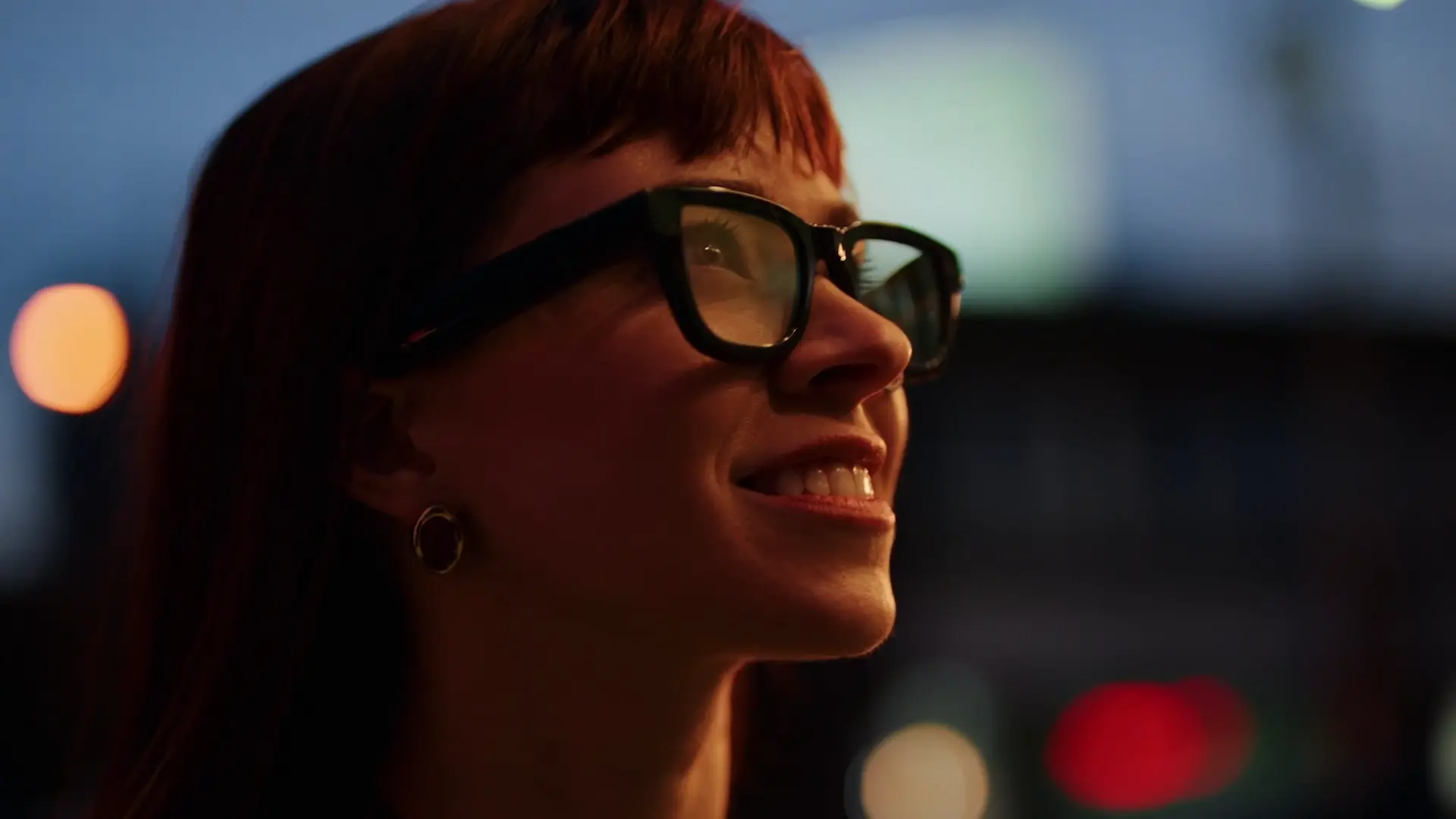Google har sedan förra hösten tagit ut svängarna gällande bildmanipulering i mobiler. Ansikten och himlar kan bytas ut, objekt eller personer kan raderas, personer kan läggas till gruppfoton, objekt kan läggas till bilder och fotografier kan förändras hur som helst utifrån beskrivningar.
Sökjättens filosofi tycks vara att ett fotografi ska kunna visa vad vi vill minnas och inte nödvändigtvis något som faktiskt hänt. Vi fångar minnen, inte bilder. Apple har en mer traditionell uppfattning om vad ett fotografi ska vara. Företagets AI-svit innehåller ingen bildmanipulering av typen Google erbjuder, bortsett från möjligheten att rensa upp i bilder och ta bort oönskade objekt.
Enligt Jon McCormack som ansvarar för Apples kameramjukvara ser de ett fotografi som att fira något som ”faktiskt, verkligen har hänt”. Frågan är om Apple kommer ha kvar den hållningen på sikt efter att allt fler konkurrenter lägger till vild, AI-baserad bildmanipulering. Men just nu står Apples syn på fotografi i kontrast till Googles.
Here’s our view of what a photograph is. The way we like to think of it is that it’s a personal celebration of something that really, actually happened.
Whether that’s a simple thing like a fancy cup of coffee that’s got some cool design on it, all the way through to my kid’s first steps, or my parents’ last breath, It’s something that really happened. It’s something that is a marker in my life, and it’s something that deserves to be celebrated.
And that is why when we think about evolving in the camera, we also rooted it very heavily in tradition. Photography is not a new thing. It’s been around for 198 years. People seem to like it. There’s a lot to learn from that. There’s a lot to rely on from that.
Think about stylization, the first example of stylization that we can find is Roger Fenton in 1854 — that’s 170 years ago. It’s a durable, long-term, lasting thing. We stand proudly on the shoulders of photographic history.
– Jon McCormack


) 22
22
